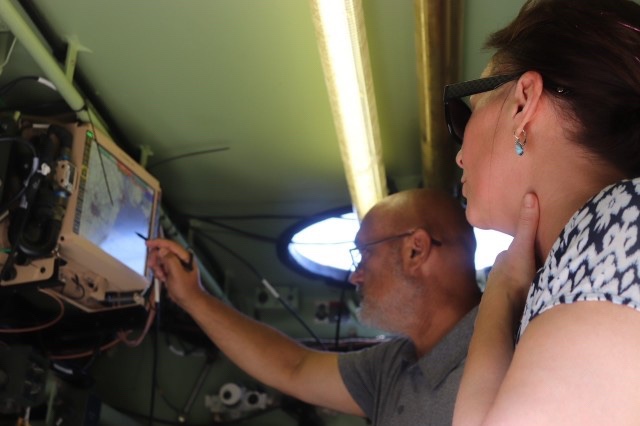
ABERDEEN PROVING GROUND, Md. — First came boots, then wheels and now tracks.
The Army’s Integrated Tactical Network, or ITN, continues to expand its capabilities across formations, as demonstrated during the ITN Armor Formation Field-based Risk Reduction Communications Exercise held in multiple locations across Aberdeen Proving Ground in mid-August. The exercise was designed to inform capability set, or CS, 25.
Whereas the Army’s CS21 provides ITN capabilities to dismounted troops and CS23 brings mounted to dismounted ITN connectivity for Stryker Brigade Combat Teams, CS25 will bring fully mounted ITN capabilities to multiple armor vehicle variants.
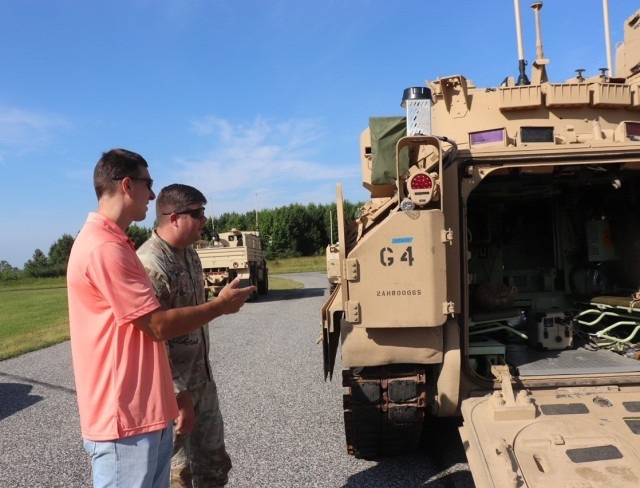
The result will be on-the-move communications in armor formations that are less dependent on command posts.
Led by the Product Manager Capability Set Development, under the Program Executive Office for Command, Control, Communications-Tactical — or PEO C3T — the exercise featured vehicle integration, in partnership with the DEVCOM Command, Control, Communication, Computers, Cyber, Intelligence, Surveillance and Reconnaissance Center’s Prototype Integration Facility; personnel safety and electromagnetic testing, with support from the Aberdeen Test Center and capped off by a fires support communications thread exercise, with support from the fires community.
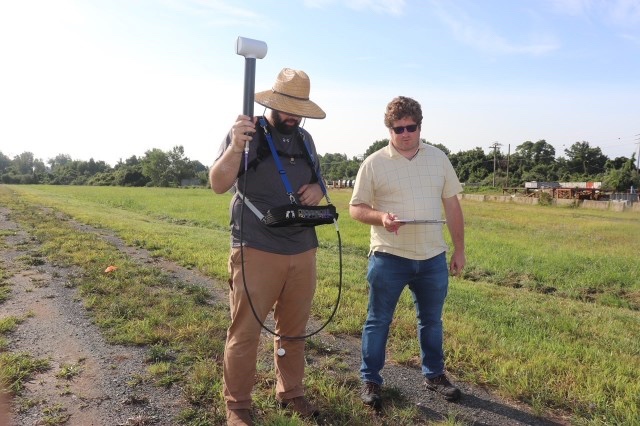
“In CS23, we saw the benefit of early integration prototyping used on the Stryker combat vehicles” said Lt. Col. Jonathan Judy, product manager for capability set design, assigned to PEO C3T. “We plan to leverage those same activities for CS25 with the introduction of new Armored platforms used by the Armored Brigade Combat Teams.”
This exercise is not the first time the Army experimented with integrating network capabilities onto Armor vehicles. In February of this year, PEO C3T conducted a pilot to evaluate new and emerging commercial network on-the-move technologies integrated onto armored vehicle platforms with the 2nd Armored Brigade Combat Team, 3rd Infantry Division, to help inform CS25 capabilities.
The pilot focused on bringing high-bandwidth, satellite communications capabilities into armor formations above battalion.
Future plans are emerging to combine the ITN and satellite capabilities into one combined pilot, which will help inform holistic network designs from brigade to division level.
Gaining lessons learned is the primary benefit to the Army’s capability set process, where developers build capabilities based on each previous capability set. The process has been especially beneficial as the Army advances ITN integration from Stryker to armor formations, as engineers are reusing components already designed to integrate into small spaces.
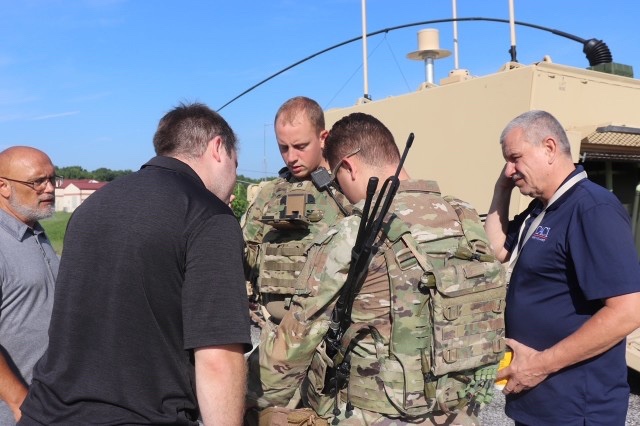
The communications thread portion of the event featured a representative fire support element relaying a call for fires by passing data, not voice, through the fires chain.
“For the first time, we are testing the Warrior Robust Enhanced Network TSM secret and below waveform as a substitute to using [single channel ground and airborne radio systems]” said Wayne Rush, Systems Engineer for Product Manager, Capability Set Development.
The Warrior Robust Enhanced Network, or WREN, TSM is a commercial waveform integrated into the radios and dismounted Soldier end-user devices.
Using WREN, the dismounted Soldiers, in the role of forward observers, used precision fires-dismount software to send the call for fires to the fire support team at the company headquarters in the M113A3 armored personnel carrier. They then sent the request to the Advanced Field Artillery Tactical Data System in the squadron fire support element M1068A3 armored personnel carrier, which relayed the final order to fire to the mortar fire control system housed in the M1064 mortor carrier vehicle.
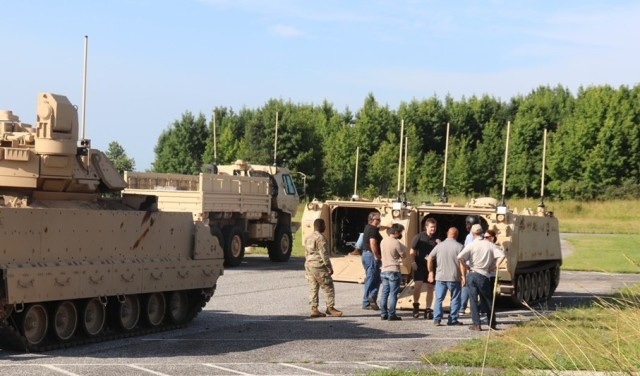
“The goodness of this is that we are providing an alternate digital fires thread for squadrons to conduct digital fires,” Rush said. “We’re trying to prove range message completion rates and speed of service over operationally relevant distances using WREN [secret and below] on the test course.”
A representative from the Army Capability Manager Fires Center of Excellence at Fort Sill, Oklahoma, was present to collect data, which will provide to [Advanced Field Artillery Tactical Data System] and precision fires-dismount software developers critical data for future software requirements modifications. A Picatinny Arsenal representative was also on hand to assess WREN’s performance for the final step in the fires chain process.
Instrumented results will inform the CS25 armored brigade combat team network basis of issue in support of FY25 fielding. Follow on efforts to the Armor Formation Field-based Risk Reduction include the CS25 Preliminary Design Review in 2023, which will set the stage for initial capability set integration and the CS25 Critical Design Review in 2024, which will solidify the designs for fielding.
“The capability set process is working,” Judy said. “Our continued armor vehicle integration efforts are a yet another shining example of the way the Army should be approaching integration and pilot efforts to inform design.”
By Kathryn Bailey, PEO C3T Public Affairs

